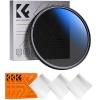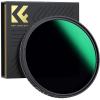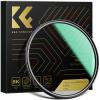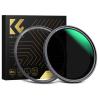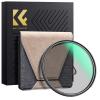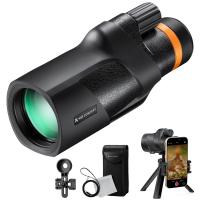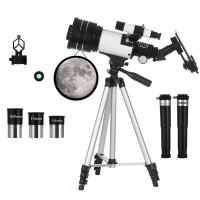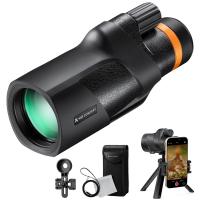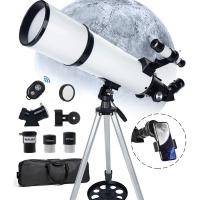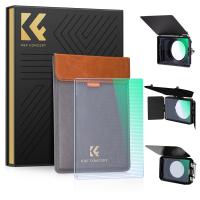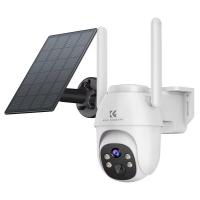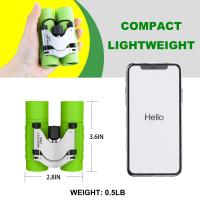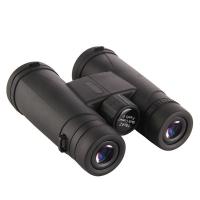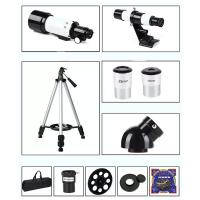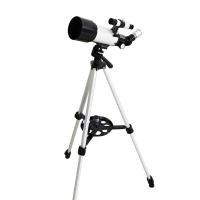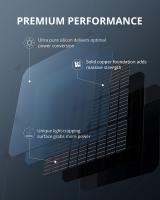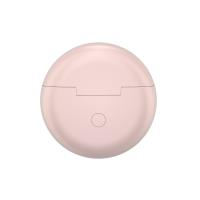Largest Telescope You Can Buy?
Exploring the cosmos has been a human endeavor for centuries, and with modern technology, anyone with enough resources can participate in this exploration from their backyard. For astronomy enthusiasts and professionals alike, telescopes are the gateways to the universe. This article aims to guide you through the choices available, specifically focusing on the largest telescopes you can purchase for personal use. We will explore different types of telescopes, discuss their capabilities, and provide insights into what you should consider when making such a significant investment.
Understanding Telescope Basics

Before diving into specifics about the largest consumer telescopes, it’s essential to understand the primary types of telescopes:
1. Refractor Telescopes: These telescopes use lenses to bend light to a focal point. They are known for their high-quality images and ease of use, which makes them popular with beginners. However, larger refractor telescopes can be prohibitively expensive.
2. Reflector Telescopes: Using mirrors instead of lenses, reflector telescopes are generally less expensive than refractor telescopes at larger sizes. Their design allows for much larger apertures and better light-gathering capabilities.
3. Catadioptric Telescopes: These are hybrids that use both lenses and mirrors, offering a compact design that is easy to transport. They combine some of the best features of both refractor and reflector telescopes.
Why Size Matters
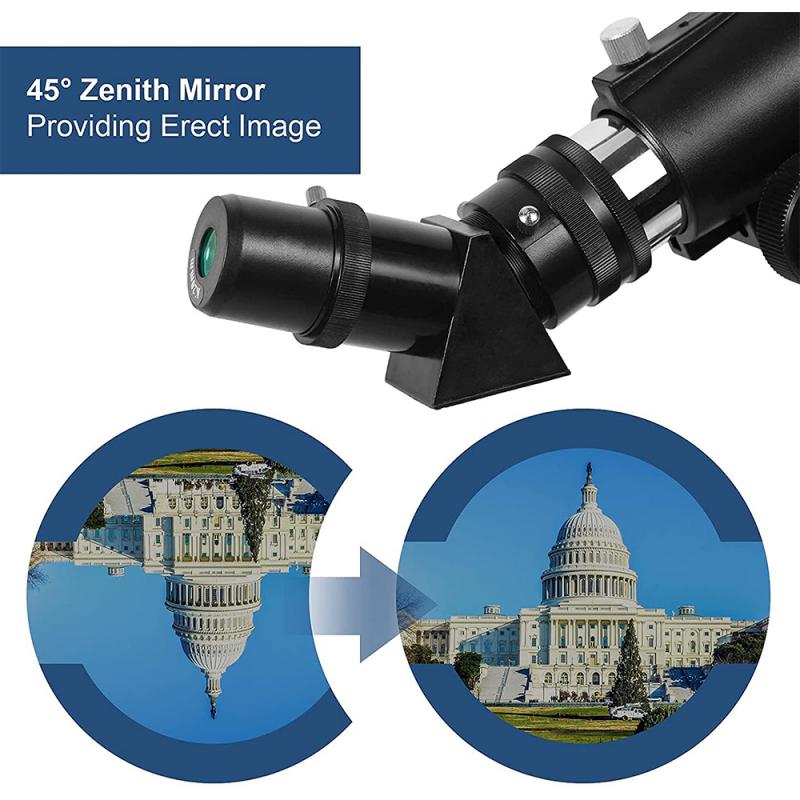
The size of a telescope’s aperture, which is the main lens or mirror, determines its light-gathering power and, consequently, the clarity and detail of the images it produces. Larger telescopes reveal more, allowing observers to see fainter objects and more detailed structures in the cosmos. It’s essential to understand that purchasing a larger telescope doesn’t just mean you’ll see more; you’ll see better. This can significantly enhance your astronomy experience.
Largest Consumer Telescopes Available
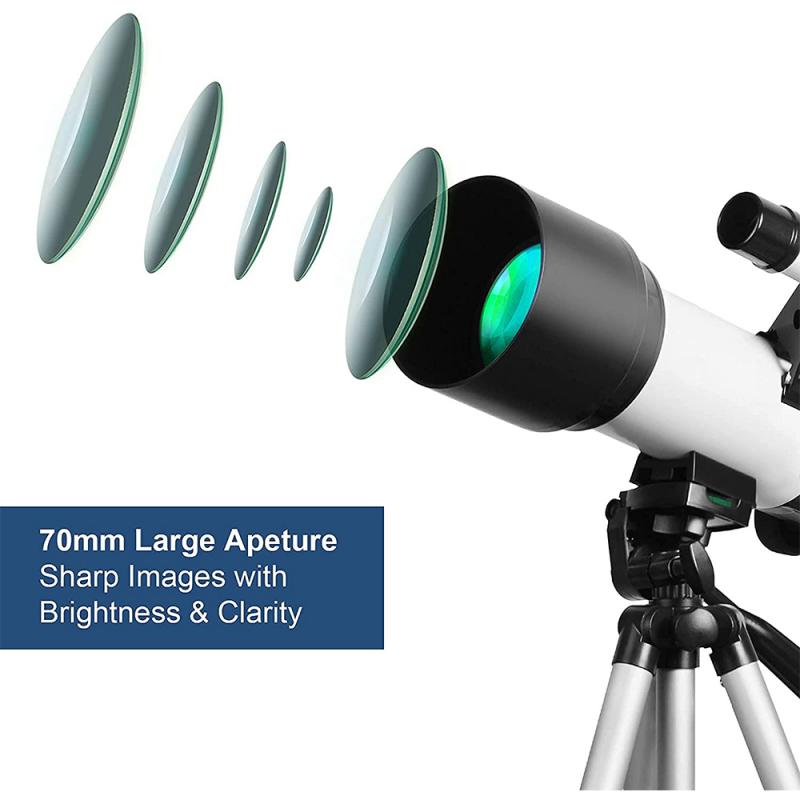
When we talk about the largest telescopes available for purchase, we refer to ones that can feasibly be used by individuals at home, as opposed to observatories. Here, we’ll discuss some notable models:
1. Dobsonian Reflector Telescopes: These are among the largest portable consumer telescopes available. They often come with apertures as large as 20 inches or more. Options include brands like the Orion SkyQuest or the Sky-Watcher series, which are popular among serious amateur astronomers for their affordability relative to their size.
2. Schmidt-Cassegrain Telescopes: Available in sizes up to 14 inches for consumer models, such as those offered by Celestron and Meade. These are popular because of their compact design, which makes them easier to mount and transport compared to Dobsonians of similar aperture.
3. Aperture Fever: This colloquial term is used in the astronomy community to describe the desire for ever-larger telescopes. While larger apertures mean more light and better views, they also mean more costs, weight, and setup complexity.
Practical Considerations
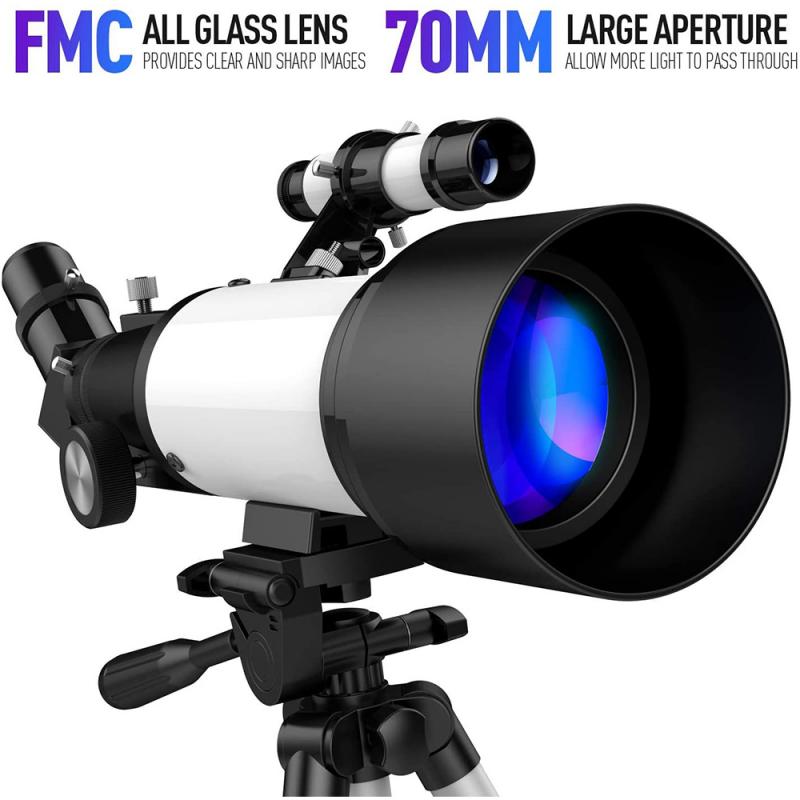
When purchasing such large telescopes, several practical considerations must be taken into account:
- Budget: The cost increases significantly with aperture size. For example, a 20-inch Dobsonian telescope can cost anywhere from a few thousand to over ten thousand dollars.
- Portability and Space: Larger telescopes are inherently bulkier and heavier. You will need ample space to store and use them, and they are less suited for impromptu stargazing sessions unless you have a dedicated setup.
- Setup Complexity: The larger the telescope, the more complex the setup. This includes not only putting the telescope together but also aligning and calibrating it to ensure it provides the best possible view.
- Maintenance: Reflector telescopes, in particular, require regular maintenance, such as collimation, to align the mirrors. Larger telescopes will require more of this kind of upkeep.
Accessories and Enhancements
To maximize the capabilities of your telescope, investing in quality accessories can be as important as the telescope itself:
- Eyepieces: Having a range of eyepieces can provide different magnifications and fields of view. A Barlow lens can also extend the capabilities of your current eyepieces.
- Mounts: A sturdy mount is essential, especially for larger telescopes. Motorized mounts can track celestial objects, which is particularly useful for astrophotography.
- Filters: Light pollution filters can enhance the quality of images if you’re observing from an urban environment.
- Camera Attachments: If astrophotography is an interest, ensure compatibility with your telescope and choose a high-quality camera.
Current Trends and Future Developments
There’s always advancement in telescope technology. Large consumer telescopes continue to evolve with better manufacturing techniques, digital integration, and more user-friendly designs. Companies are increasingly integrating computerized mounts and GoTo systems that automate finding and tracking celestial objects.
For the future, we can expect more consumer-oriented features like advanced computational assistance in selecting objects, cloud-based tracking systems, and even more lightweight materials that make handling large telescopes easier.
Choosing the largest telescope for personal use is an investment in both monetary terms and your quality of experience. Whether you’re a committed hobbyist or someone on a professional astronomy path, understanding the nuances of different telescopes will help you make the right decision that balances size, cost, and usability.
Consider your observation goals, where you'll be using the telescope, and what additional features are necessary for your intended use. Remember, in the world of telescopes, size does not always equate to better unless matched with the right circumstances and additional equipment.
The joy of observing the night sky is unparalleled and purchasing a substantial telescope can greatly enrich this pursuit. By carefully weighing your options, you ensure that your journey into the cosmos is as fulfilling as it is expansive.

